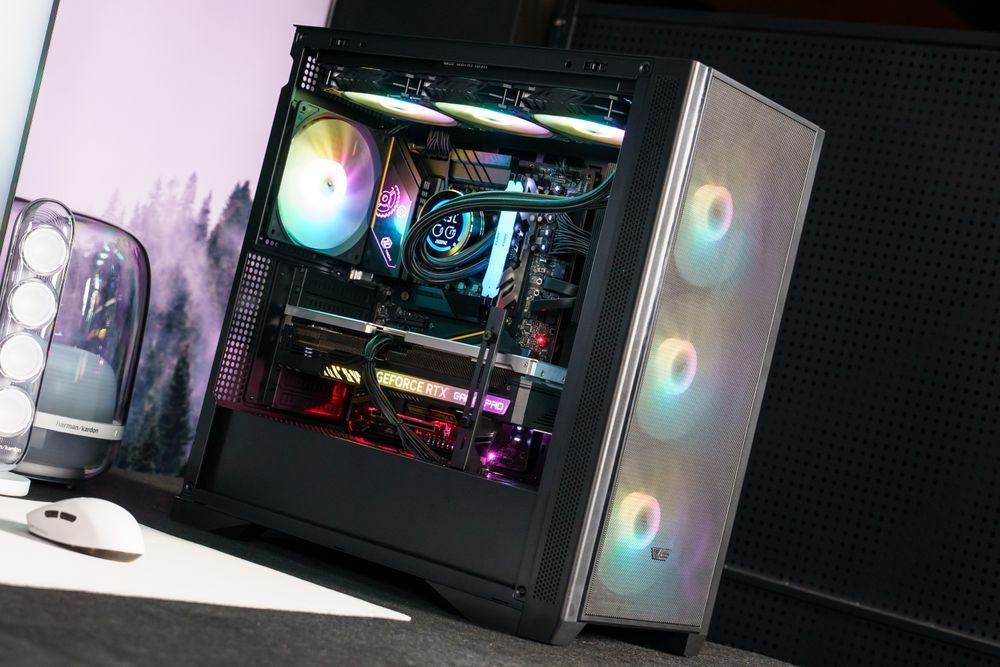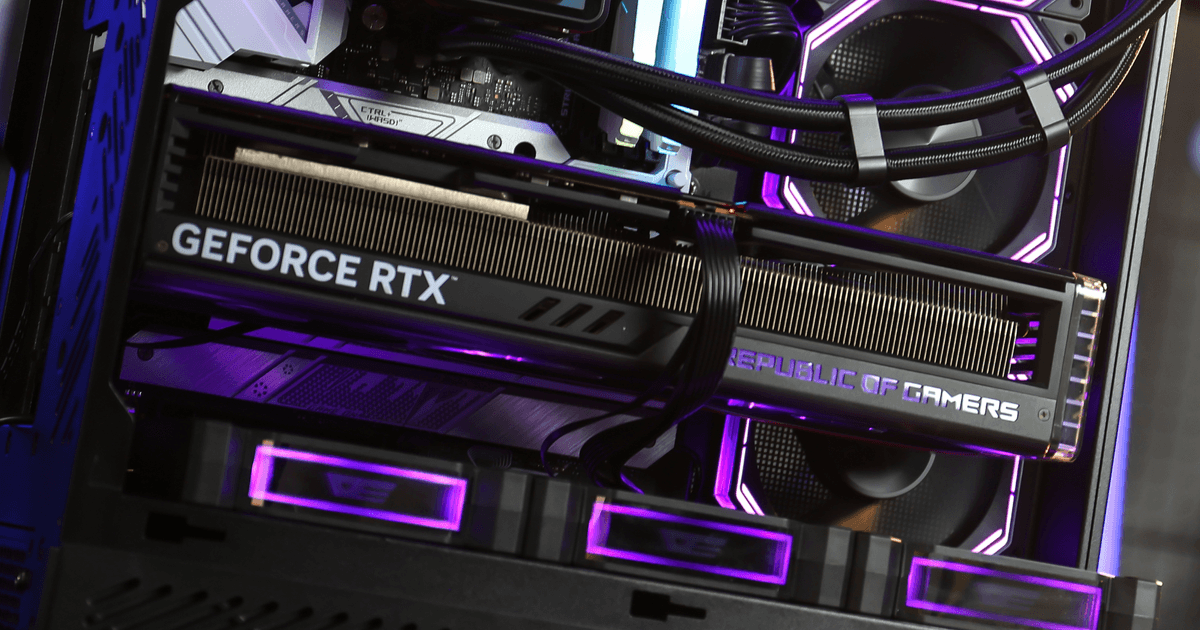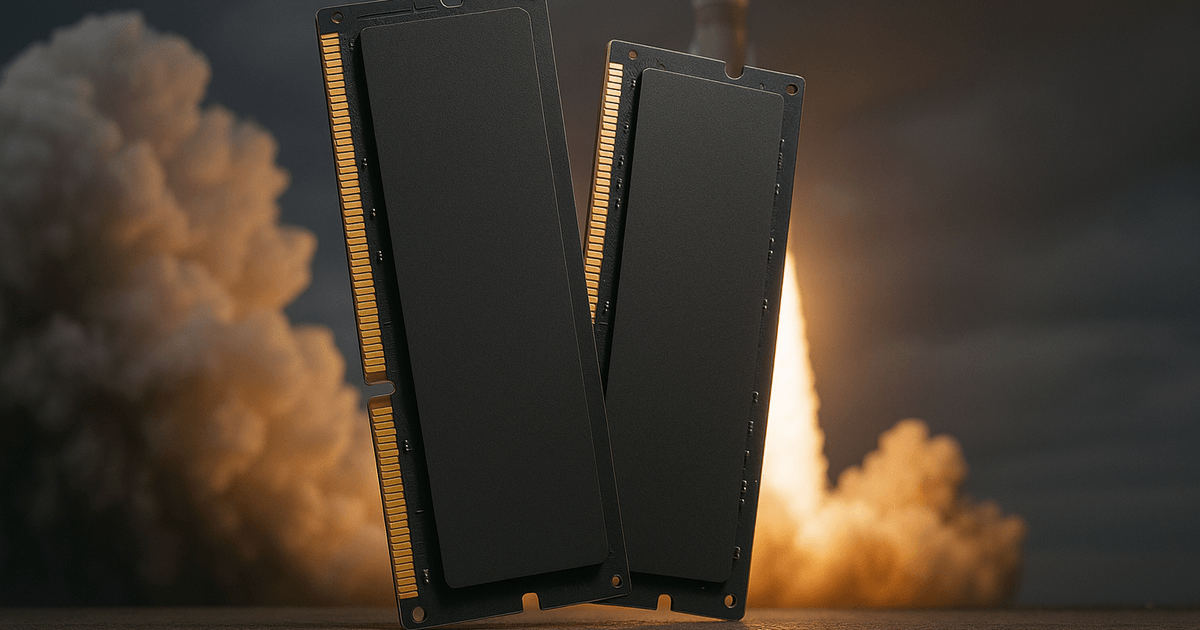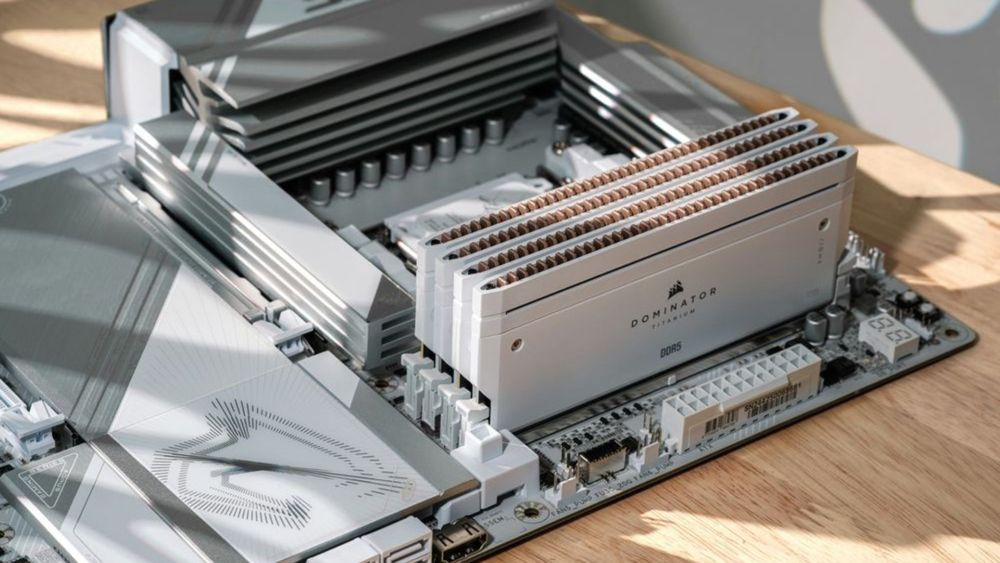
When choosing RAM for a PC build, capacity usually gets the most attention—whether you need 16GB, 32GB, or more. But the way that RAM is configured also matters. Most consumer systems support single-channel or dual-channel memory setups.
Dual-channel RAM isn’t about adding more gigabytes—it’s about doubling the available bandwidth. With two identical sticks working together, your system can move twice as much data at the same time, reducing wait times and improving overall responsiveness.
How to Run RAM in Dual-Channel Mode
Motherboard support
Your motherboard must support dual-channel memory. Almost every modern board does, but it’s worth checking the specifications just to be sure.
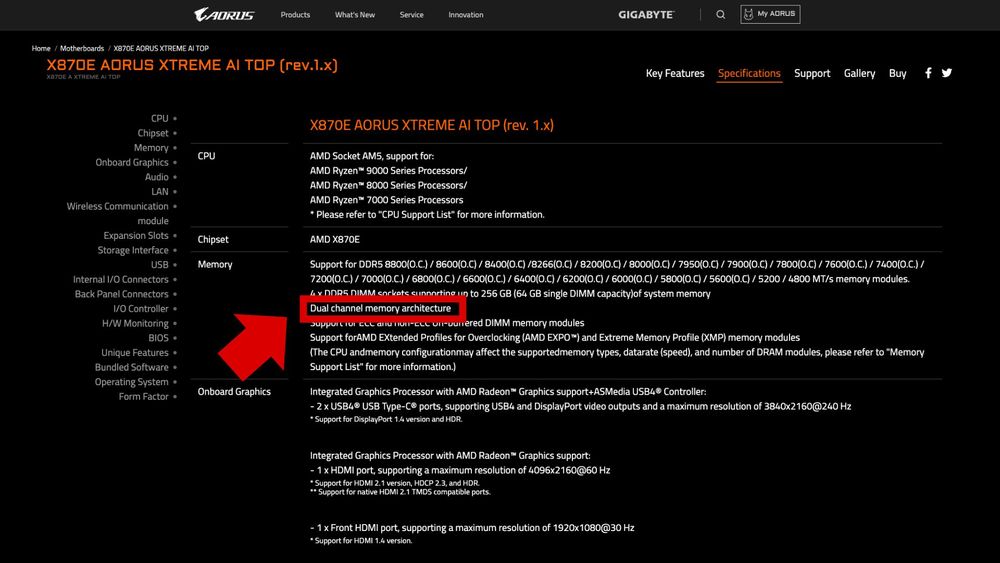
(GIGABYTE X870E AORUS XTREME AI TOP Motherboard)
Matching RAM kits
For dual-channel to work, the two sticks need to match. That means the same capacity (8GB + 8GB, 16GB + 16GB), the same frequency, and ideally the same brand and model. Using a pre-packaged RAM kit is the easiest way to guarantee compatibility.
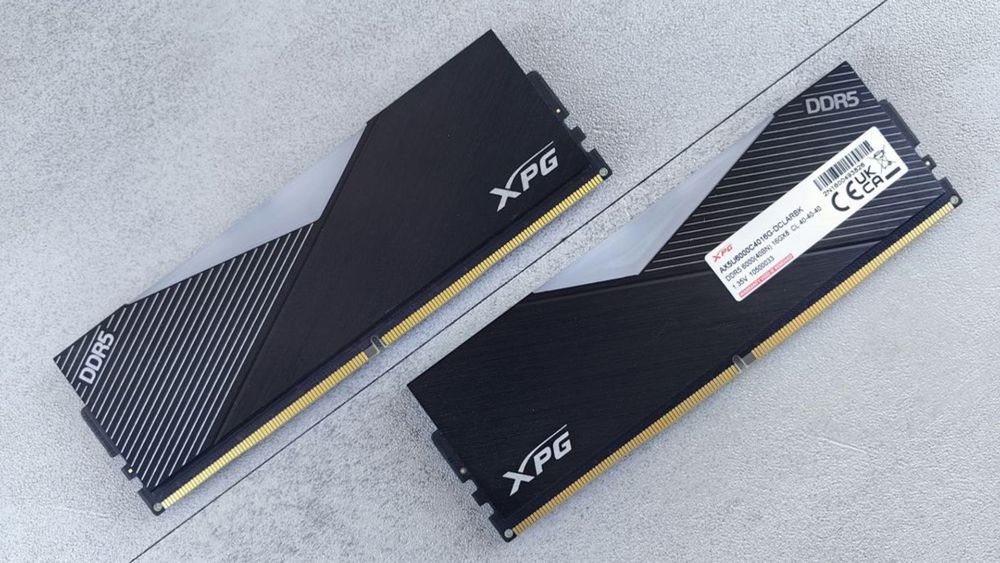
Correct slot placement
Most motherboards have four RAM slots, but only certain pairings enable dual-channel.
Always follow the diagram in your motherboard manual.

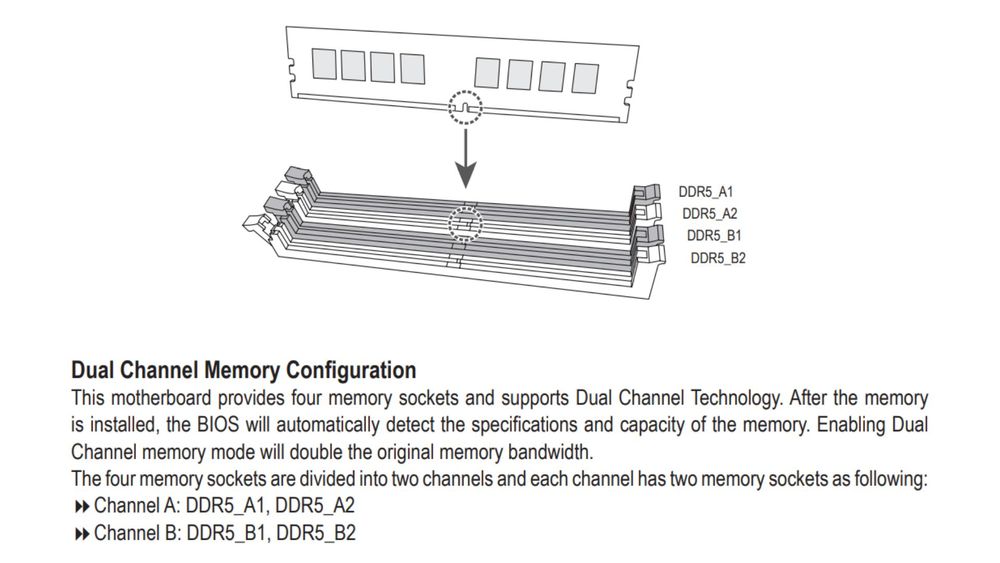
Does Dual-Channel Make a Difference in Games?
The answer depends on the game. Memory bandwidth matters more in some scenarios than others.
Memory-sensitive titles like Fortnite or GTA V can see performance gains of 10% or more when switching from single- to dual-channel.
Less demanding games such as Modern Warfare 2 or F1 22 show little difference, often under 2%.
In other words, single-channel RAM is still capable of running modern games at smooth frame rates. But if you want to push performance further or reduce system latency, dual-channel provides an advantage.

(Gaming Performance: Single vs. Dual-Channel RAM, ProYamYamPC)
Which Should You Choose?
Single-channel: Fine for light use like browsing, streaming, and office work.
Dual-channel: Recommended for gamers, content creators, and multitaskers who want every bit of performance.
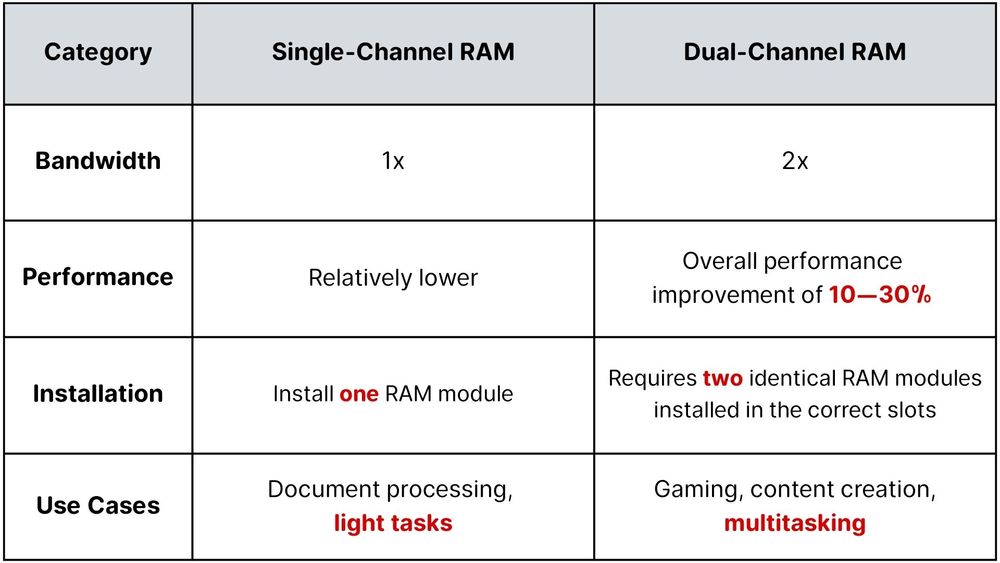
Final Thoughts
Single-channel memory will get the job done for everyday tasks, but dual-channel gives your system more bandwidth to breathe.
For most new PC builds in 2025, dual-channel is worth it, especially since the cost difference is usually minimal.
